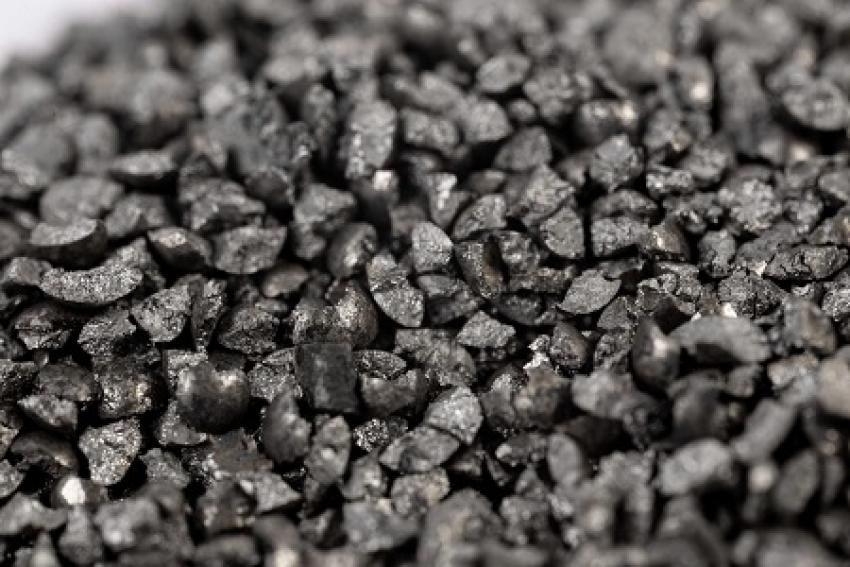
Are you simply not getting your surface finishes right? Not sure which stainless steel shot to choose?
You are not alone, well. When choosing the appropriate shot size and grade in Malaysia, one can be easily struck by the feeling that he/she is trying to solve a Rubik cube with a blindfold on-only more glamorous and costly. Whether you're blasting rust, cleaning castings, or prepping for coatings, the stainless-steel shot you choose matters. A lot.
Let’s throw another abrasive into the mix—Brown Aluminum Oxide. Did you ever hear of it? It’s often compared to stainless steel shot, but they’re not interchangeable. That is precisely the reason why you require this guide.
Welcome to your no-nonsense, slightly witty, and definitely helpful deep dive into picking the perfect stainless steel shot in Malaysia. Alright, enough preamble, let us begin.
What Is Stainless Steel Shot, and Why Should You Care?
You know that polished finish on industrial parts? That’s often thanks to stainless steel shot.
It’s a type of metallic abrasive used for cleaning, surface preparation, deburring, and peening. Unlike regular steel shot, it doesn’t rust—making it a fan favorite for industries dealing with sensitive materials or those who simply hate corrosion.
Stainless Steel Shot vs. Brown Aluminum Oxide
So where does Brown Aluminum Oxide come in? Great question. Here's how they stack up:
- Stainless Steel Shot: Recyclable, durable, smoother finish
- Brown Aluminum Oxide: Angular, more aggressive cut, good for fast material removal
If you’re looking to polish or peen, go stainless. If you want to remove layers like a madman with a sandblaster, Brown Aluminum Oxide might be more your vibe.
Understanding Shot Size: Bigger Isn’t Always Better
Yes, we’re still talking about abrasives. Stay with us.
Shot size impacts everything from finish quality to how deep the surface gets hit. In Malaysia’s market, stainless steel shot sizes typically range from S70 to S930.
So, which size is right?
- Smaller Shot (S70–S170):
- Perfect for precision work. Think aerospace parts or delicate electronics.
- Mid-Range Shot (S230–S460):
- Your everyday hero. Great for automotive, general fabrication, and medium-duty cleaning.
- Larger Shot (S660–S930):
- These guys mean business. Ideal for heavy castings, forging, and thick rust removal.
If you’re prepping parts for paint or coating, going too big may cause uneven surfaces. Want smooth and consistent? Stick to mid-sized stainless steel shot. Want it rough and fast? Go big.
Grades of Stainless Steel Shot: Yes, It’s a Thing
Quick quiz: Did you know there are different grades of stainless steel shot? Most people don’t.
Malaysia offers three common grades in the stainless steel shot category:
Grade 302/304
- The most common
- Contains chromium and nickel
- Good corrosion resistance and general durability
Grade 430
- Lower cost
- Ferritic stainless steel
- Slightly less corrosion-resistant but still very usable
Grade 410
- High hardness
- Excellent for aggressive cleaning
- Less corrosion resistance than 304 but more durable in dry blasting
If you're working in coastal Malaysian areas with high humidity, corrosion resistance is key. That’s when Grade 304 stainless steel shot really shines. Just don’t forget: the harder the grade, the faster it wears your equipment.
Common Use Cases in Malaysia
Still unsure if you need stainless steel shot or Brown Aluminum Oxide? Let’s match tasks to abrasives.
When to Use Stainless Steel Shot:
- Peening turbine blades in aerospace
- Cleaning automotive parts in Puchong
- Shot blasting stainless steel tanks in Johor
- Preparing medical tools for sterilization
When to Use Brown Aluminum Oxide:
- Removing scale from forged steel in Klang
- Preparing concrete surfaces in construction
- Etching glass or ceramics
- Fast stripping of coatings on industrial machinery
Don’t choose based on price alone—choose based on task. The wrong shot or abrasive will cost more in rework and downtime.
How to Avoid the Most Common Mistakes
You’ve got the size. You’ve got the grade. Now let’s talk about what not to do.
Don’t Mix and Match
Using different sizes or grades in the same blaster? That’s a recipe for inconsistency. And probably headaches.
Don’t Ignore Maintenance
Used shots break down over time. Monitor wear to keep blasting performance high and prevent contamination.
Don’t Overblast
More is not always better. Excessive blasting can damage surfaces or alter tolerances—especially on precision parts.
If you're unsure whether you’re using the right stainless steel shot, here’s a tip: check your finish. If it’s dull, uneven, or inconsistent, your shot may be the culprit. Or your blaster is just angry with you.
Final Thoughts: Choose Smart, Blast Smarter
Still wondering which stainless steel shot to pick in Malaysia? Let’s do a quick recap:
- Match shot size to surface needs—don’t eyeball it
- Choose the right grade for your material and conditions
- Understand when Brown Aluminum Oxide is the better choice
- Avoid mixing sizes and neglecting maintenance
The truth is, stainless steel shot isn't a one-size-fits-all solution. But once you understand the options—sizes, grades, and use cases—it becomes a whole lot easier.
So next time someone asks what abrasive to use, you won’t stare blankly at the floor. You’ll say, “Well, it depends on whether I’m peening turbine blades or stripping rust off a bulldozer.”
And you’ll sound like the shot expert Malaysia didn’t know it needed. Or if you need a shot blasting expert in Malaysia, just get in touch with Itaichu.
Need help choosing the right stainless steel shot or comparing it with Brown Aluminum Oxide?
Ask yourself what the end result should look like—smooth, shiny, etched, or aggressive. Then go back to this guide, and make your pick with confidence.




